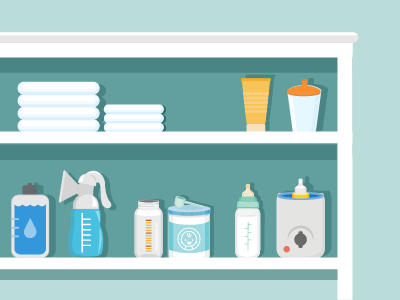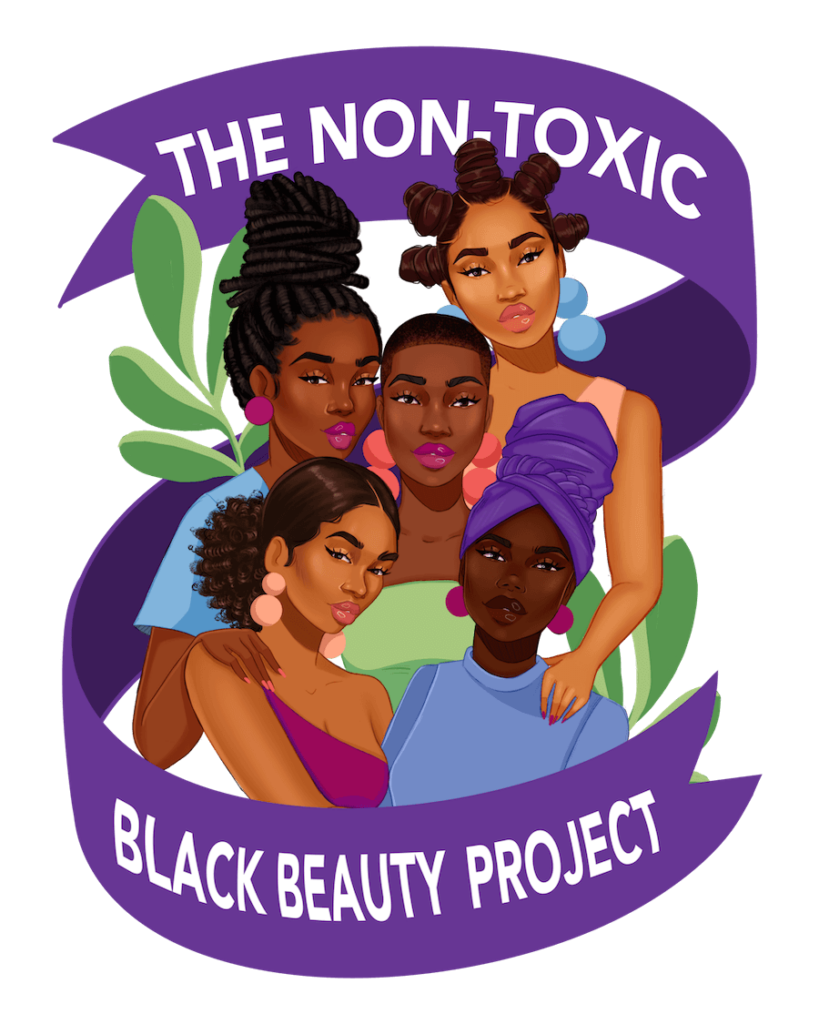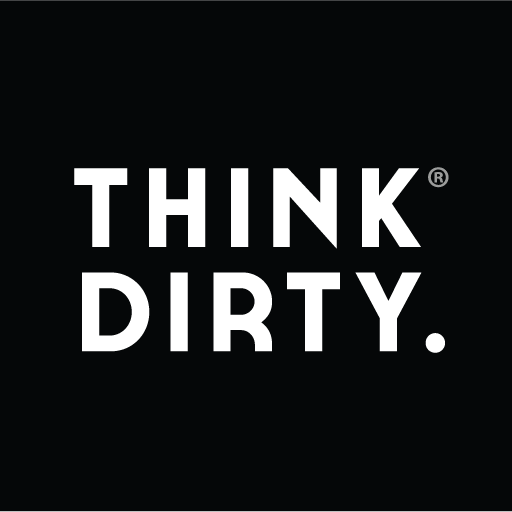Nursery
ChairWhat You Need To KnowWhen you’re breastfeeding or just cuddling with your child, it’s nice to have a comfortable chair. But not all chairs are created equal. Here are some things to consider:
What To Avoid
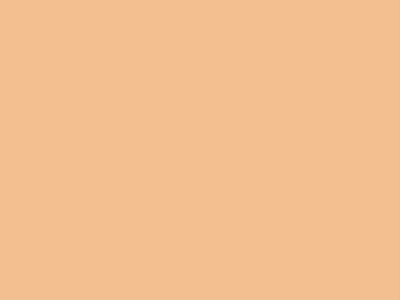
Pesticides:Fabrics made with conventionally grown cotton, wool or felt materials may have residues of certain types of Pesticides. Organically grown fabrics are healthier for people and for the planet. The Pesticides are intended to kill pests that might damage the crops or harm wools, but these chemicals can be poisonous to other insects, birds, and mammals – including humans! Often pesticide residues stay in cloth fibers and then release as the cloth ages. Exposure to some Pesticides can impact brain development and may contribute to lower IQs, birth defects, and developmental delays. Despite concerns about Pesticides in fabrics like wool and cotton, they are still healthier than artificial, often plastic-based, artificial fabrics such as rayon, Polyester, and acrylic.

Flame retardants:Exposure to flame retardants, (particularly polybrominated diphenyl ethers, PBDEs) when babies are developing in the womb, and when children are young has been linked to poorer attention, lower fine motor skills, and lower IQs as well as a reproductive birth defect, Hypospadias. Research on whether or not these chemical additives effectively reduce flammability is mixed. Extra caution should be taken with older furniture and padding that is falling apart.

Perfluorochemicals:Perfluorochemicals (PFCs) are added to fabrics for durability, stain, and wrinkle resistance. Exposure to PFCs may impact brain development, reproductive health, and the immune system.

Formaldehyde:Engineered wood (such as composite board or particle board) contain formaldehyde, which can off gas and contribute to leukemia and cancers of the nose, throat, and sinuses.

Antimicrobials and antibacterials:Antimicrobial and antibacterial agents are made with chemicals that destroy or reduce germs. That sounds like a good thing, but these chemicals can be harmful to our health. One chemical released by some antimicrobials is formaldehyde, a substance that can cause cancer (a carcinogen). Exposure to some antimicrobials may increase the risk of cancer, reproductive and brain impairments, and contribute to allergies, asthma, and skin conditions such as eczema. The overuse of these chemicals is also creating new “Superbugs” that are resistant to antibiotics.

Synthetic dyes:Synthetic dyes used to color baby clothes, such as Benzidine-based dyes, have toxic properties as well. Exposures to these chemicals can increase the risk of cancer and skin irritations.

VOCs:Paints, stains or veneers with Volatile organic compounds (vocs) that can release in the air and be inhaled. VOCs have been linked to respiratory, reproductive, immune system and neurodevelopmental problems.
Safer Choices
Solid wood:Olid wood because it doesn’t contain formaldehyde, glues, and other fillers. • Sustainably-harvested wood.

Low or no VOCs:Paints and stains with low- or no-VOCs.

Untreated fabrics:Organic or untreated cotton, linen, hemp, bamboo, or wool fabrics. These will be the least toxic because very few, if any, harmful chemicals are applied in the growing or manufacturing process (look for the Global Organic Textile Standard or GOTS label).

Natural dyes:Fabric with “natural dyes,” meaning dyes derived from organic plant sources without the use of synthetic chemicals.
Find Safer Products
Websites and Apps:
Clearya
Clearya is a free browser extension and app that notifies you when there are unsafe ingredients in your makeup, personal care, baby care, cleaning and other products, and helps you find safe products.
Clearya is a free browser extension and app that notifies you when there are unsafe ingredients in your makeup, personal care, baby care, cleaning and other products, and helps you find safe products.
Campaign for Safe Cosmetics - Nontoxic Black Beauty Project
They offer a list and database of non-toxic beauty products made and sold by Black-owned companies that are committed to toxic-free beauty and personal care products.
They offer a list and database of non-toxic beauty products made and sold by Black-owned companies that are committed to toxic-free beauty and personal care products.
Detox Me
This app allows you to scan barcodes on products to find relevant tips. They also offer a buying guide to decode product labels and find non-toxic alternatives.
This app allows you to scan barcodes on products to find relevant tips. They also offer a buying guide to decode product labels and find non-toxic alternatives.
Environmental Working Group (EWG)
EWG has a "Skin Deep" database that rates personal care and beauty products based on their safety and toxicity levels. EWG also offers a Healthy Living app that allows you to scan barcodes and find safer products.
EWG has a "Skin Deep" database that rates personal care and beauty products based on their safety and toxicity levels. EWG also offers a Healthy Living app that allows you to scan barcodes and find safer products.
Think Dirty
This app and website allow you to scan or search for personal care products to see their ingredient safety ratings.
This app and website allow you to scan or search for personal care products to see their ingredient safety ratings.
